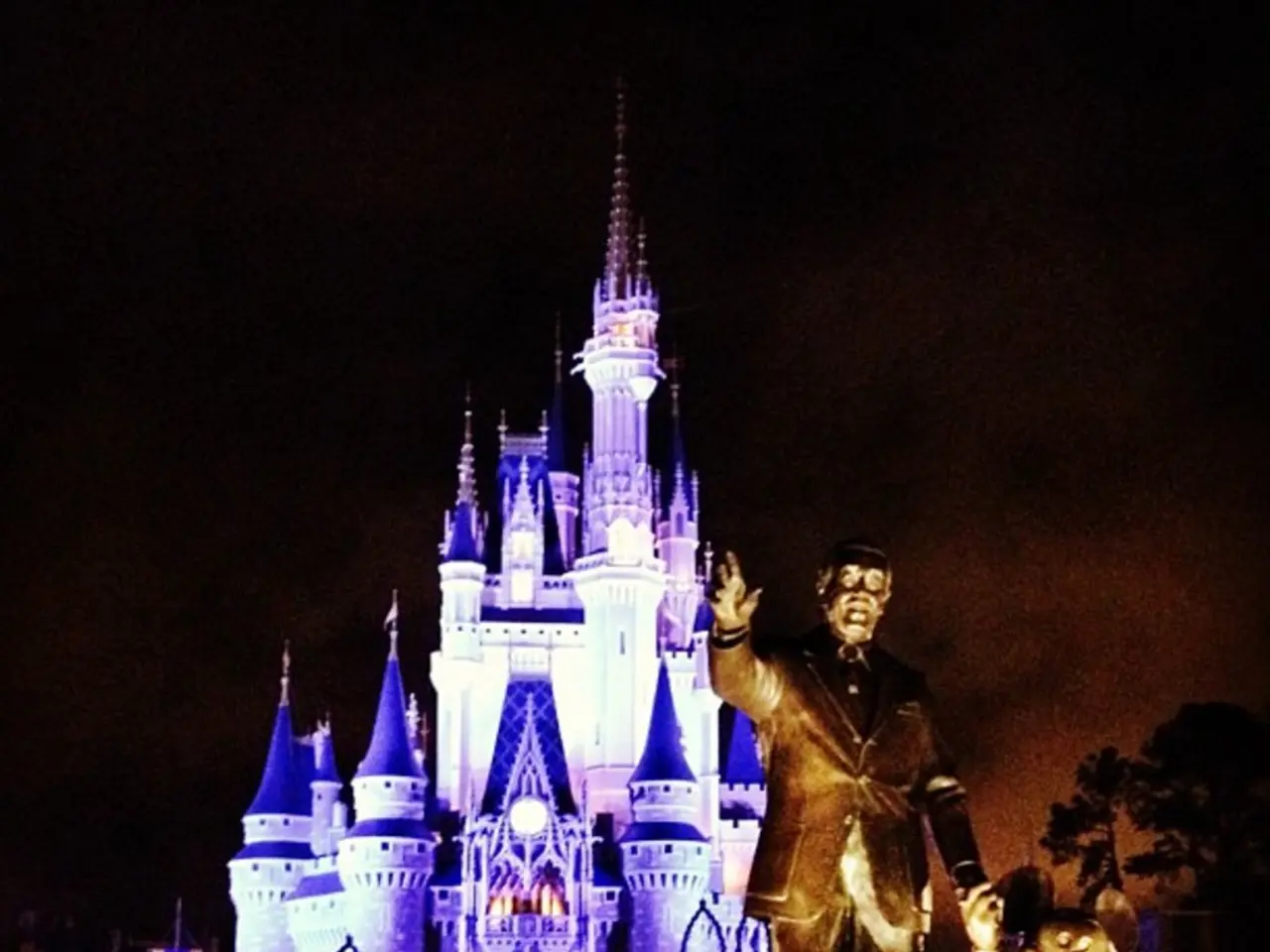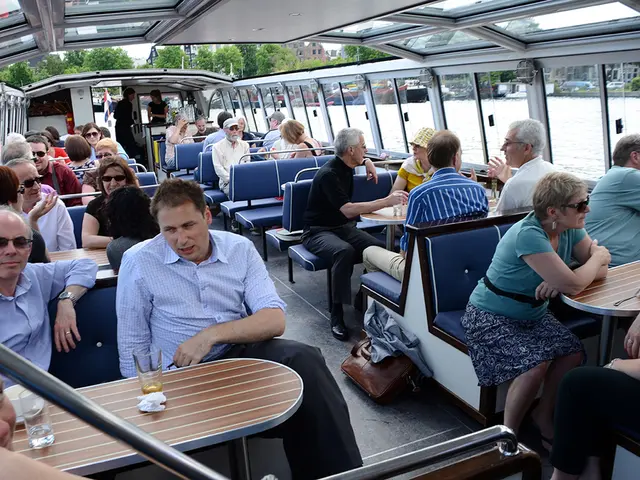Bavarian fairytale castles are recognized as World Heritage Sites by UNESCO.
The German royal castles of Neuschwanstein, Herrenchiemsee, Linderhof, and Königshaus am Berg Schachen, built by King Ludwig II of Bavaria between 1864 and 1886, have been officially designated as UNESCO World Heritage sites in 2025.
### Key Features
These castles represent a unique blend of Romantic 19th-century architecture, drawing heavily from mythology, opera, and Bavarian folklore. Neuschwanstein, for example, is inspired by Wagnerian themes and fairy tale knights, symbolizing King Ludwig's romantic vision of himself as a chivalrous king. Each castle is unusually integrated into the natural landscape of the Bavarian Alps, either perched dramatically on mountaintops or nestled harmoniously within the environment.
### Cultural and Historical Significance
The castles reflect Ludwig II’s eccentric personality and passion for art and opera, blending grandeur with a fairy tale aesthetic that has influenced global culture. Neuschwanstein served multiple symbolic roles, including as a royal estate and later as a hiding place for priceless artworks looted by the Nazis during World War II. The castles have been popular with millions of visitors worldwide, with over 1.7 million visitors recorded in recent years.
### Preservation and Accessibility
All four castles have been preserved as museums and opened to the public since Ludwig’s death in 1886, allowing ongoing insight into Bavarian royal history and 19th-century artistic vision.
### History
King Ludwig II commissioned these castles to fulfill his fantasy visions of medieval romanticism combined with Bavarian royal tradition. Construction began in 1864 and continued until his death in 1886. In July 2025, the castles were added to the UNESCO World Heritage list during the committee’s session in Paris. This honor recognizes their significance as architectural masterpieces and symbols of cultural imagination and eccentricity.
These castles collectively embody the artistic imagination, cultural richness, and romantic nationalism of 19th-century Bavaria, reflecting both the artistic and personal eccentricities of King Ludwig II while representing a significant chapter in Germany’s architectural and cultural history.
Many of the visitors in 2024 were foreign tourists, making the castles a popular tourist destination for approximately 140 years. The castles are situated in the picturesque landscapes of Upper Bavaria, Germany. The inclusion of the castles in the UNESCO World Heritage list is considered a significant recognition of their historical and architectural significance.
The unique blend of Romantic 19th-century architecture in the castles of Germany, such as Neuschwanstein, influences global lifestyle due to their integration into the natural landscape of the Bavarian Alps and their association with the eccentric personality and passion for art and opera of King Ludwig II. These travel destinations, officially added to the UNESCO World Heritage list in 2025, offer ongoing insight into Bavarian royal history and 19th-century artistic vision, making them a must-visit for both history enthusiasts and global tourists seeking a glimpse into the artistic and personal eccentricities of the past.





